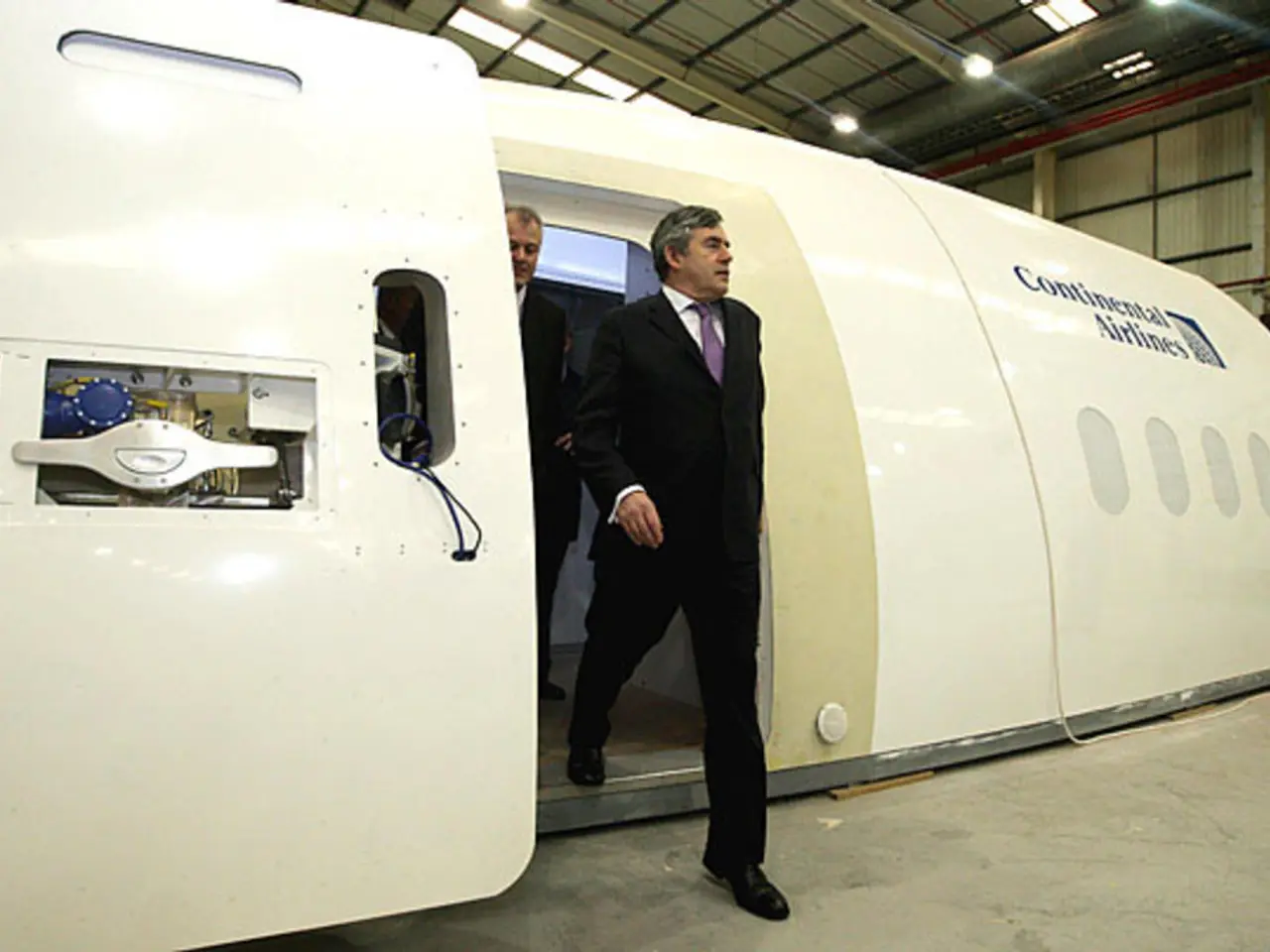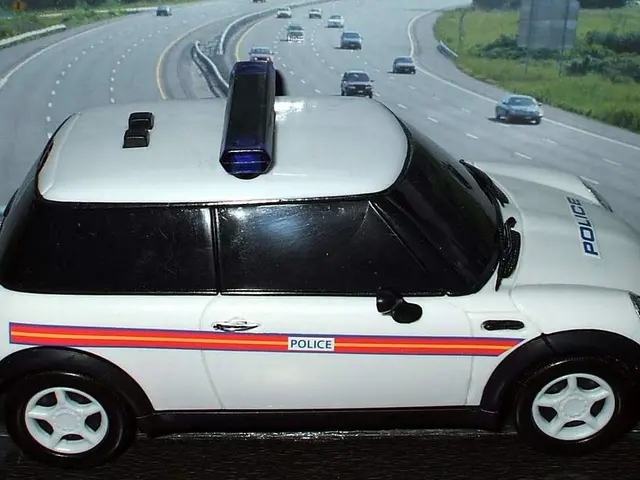Technical Standard Order (TSO) explores its function and operation:
In the world of drone technology, ensuring safety and reliability is paramount, especially for components used in regulated airspace. The process of obtaining a Technical Standard Order (TSO) certification is a crucial step in meeting these requirements.
The TSO Certification Process
The TSO certification process involves several key steps. First, the manufacturer designs the component to comply with TSO standards issued by aviation regulatory authorities. These standards define minimum performance and testing requirements for equipment intended for use on certified aircraft.
Next, the component undergoes rigorous testing to demonstrate compliance with safety, durability, and performance requirements. This may include environmental, electromagnetic interference, and operational tests to validate reliability.
After successful testing, the manufacturer submits the test data and supporting documentation to the FAA for review. If the FAA determines the component meets the required standards, it issues a TSO authorization (TSOA). This authorization is not a product certification but certifies the component as compliant with the applicable performance standard.
Using TSO-Certified Components
Components with TSO authorization can be installed in aircraft, including drones operating in controlled airspace. However, it's important to note that each installation must still pass overall system safety and integration assessments to receive operational approval.
For drone manufacturers and operators targeting Beyond Visual Line of Sight (BVLOS) operations or government contracts, incorporating TSO-certified components can help meet regulatory expectations for safety and reliability, potentially streamlining airworthiness approvals under new FAA drone operational frameworks.
The Importance of TSO Certification
TSO-approved components are crucial for drone makers targeting government contracts, enterprise deployments, or missions near airports and controlled zones. They provide assurance that the components meet strict aviation safety criteria, ensuring their suitability for certified aviation use.
It's worth noting that TSO authorization does not automatically grant installation approval. The part must also meet the installation standards for a specific aircraft or drone system. Foreign manufacturers can also apply for FAA Technical Standard Order authorization if they meet the same requirements and testing benchmarks.
Not all drone components require TSO authorization, but it's often essential for components used in regulated airspace or government applications. Common TSO-covered components include GPS systems, transponders (e.g., TSO-C199 for ADS-B), barometric altimeters, and flight control units.
In summary, obtaining TSO certification for drone components requires designing to FAA-defined standards, passing prescribed tests, submitting evidence for FAA review, and receiving formal authorization. This process ensures the component meets strict aviation safety criteria and facilitates use in regulated drone operations.
[1] FAA Document on TSO Certification
[2] FAA Document on TSO Compliance
[3] FAA BVLOS Operations
[4] FAA Expedited Review for TSO-Compliant Transponders
[5] FAA New Drone Operational Frameworks
- The process of designing and testing components in the aerospace industry, including those for drone technology, often involves obtaining TSO (Technical Standard Order) certification from aviation regulatory authorities, such as the FAA, to ensure compliance with safety and performance requirements.
- In the finance sector, companies operating in the technology industry might invest in TSO-certified components for their drone solutions, as these components not only provide assurance of aviation safety but may also streamline airworthiness approvals under new FAA drone operational frameworks, potentially increasing their competitiveness.








